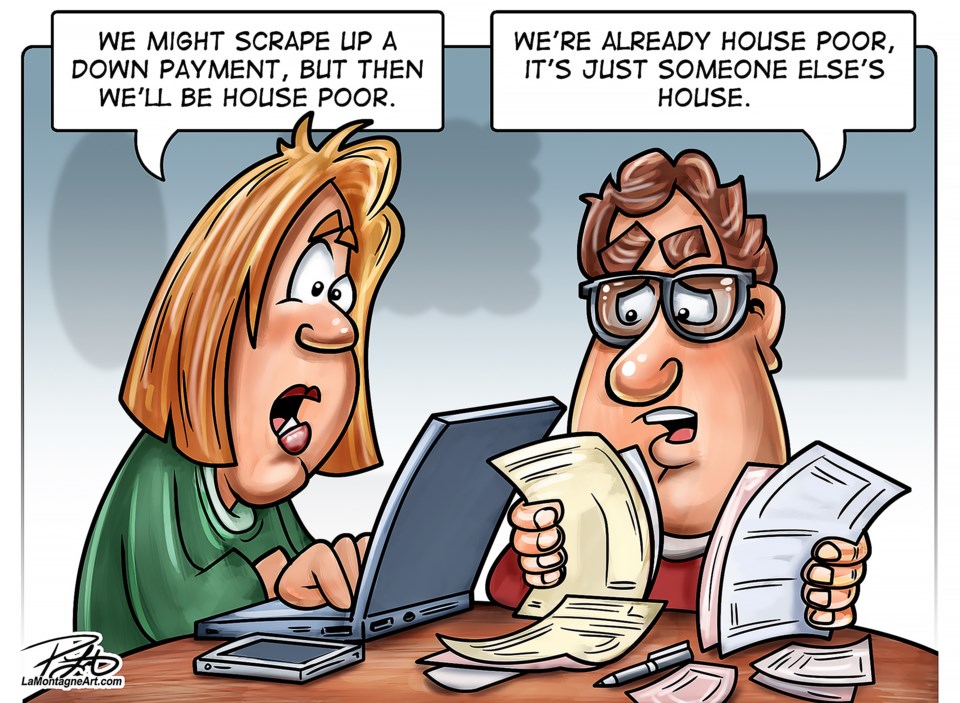The likely changes to bed and breakfast operations in Banff and potential removal of the tourist home designation in Canmore will slowly help the housing crisis felt by the two Bow Valley communities.
Neither are ambitious plans that will change things overnight – but few goals are – or even in the next year or two, but will gradually add a trickle of housing to the market over time.
Both Banff and Canmore have a shortfall of several hundred residential units, seemingly growing rather than declining. With that in mind, it’s essential to leave no stone unturned when trying to find solutions.
The attempts to add and preserve to the housing stock in the valley are efforts to maintain existing workers and residents who may be struggling to survive in one of the most expensive areas of the country.
Though there may only be a handful of units in both Banff and Canmore that return to the open market for residents, it’s a possibility in order to keep nurses, teachers, construction workers, service industry workers and a multitude of other necessary employees to keep a community functioning.
Banff council put a temporary moratorium on business licences for bed and breakfasts in the townsite until an updated bylaw, which included a reduction in the B&B quota.
Though development permit applications for such land use will continue, no business licences for new applicants will be allowed until the moratorium is lifted.
The existing quota for bed and breakfasts is 65 – with only 41 existing – and any change in the cap would see existing bed and breakfasts grandfathered, meaning they would exist until there is a change in ownership or ownership makeup, or the permit is revoked for violation of regulations. The cap also aims to prevent the loss of existing residential housing that may be flipped to bed and breakfasts.
As part of the Town of Canmore’s Housing Action Plan, the tourist home designation is to be phased out. With potential council approval later this year, the proposed change provides an opportunity to bring residential units back into the open market each year.
Though it will be far from a flow of hundreds of units, each unit returned to the open market – either to own or rent – is a small victory.
As of 2024, there are 716 tourist homes in Canmore – including 76 declared for personal use – but hundreds more are planned in the coming years and decades through various area development plans.
Its phase-out will likely be grandfathered in, but owners of such units will have two options: keep it as a tourist home and get taxed at a higher non-residential rate or have a home be designated residential.
Each will have public hearings to give people an opportunity to voice support, opposition or neutrality to the changes. Both could also have possible legal challenges, if changes are approved by their respective councils. Though changes aren’t a given, both councils have declared housing to be the top priorities for this term.
As tourist-based communities, such land uses in Banff and Canmore have an impact on the local economy in bringing and supporting visitors from across the world eager to spend money in the region.
The grandfathering of changes for both tourist homes and bed and breakfasts would allow such units to continue to exist, avoid large-scale legal dilemmas and slowly return some units to the residential market.
In the short- and long-term, the housing crisis across Canada and the world isn’t going away.
Across the valley and Canada, rents and ownership costs are soaring. As demand far outweighs supply, those prices are only going to escalate.
Policy and land use changes are necessary cogs in resolving housing issues and supply. While a rent cap and more non-market-based housing are needed, both are unlikely to happen on the necessary scale under the Conservative provincial government.
It’s not as simple as clapping your hands and the issue is solved. Rather, it needs to be looked at through as many different lenses as possible and on a generational level because fixing the issue will take more than a decade and not a week or two.




